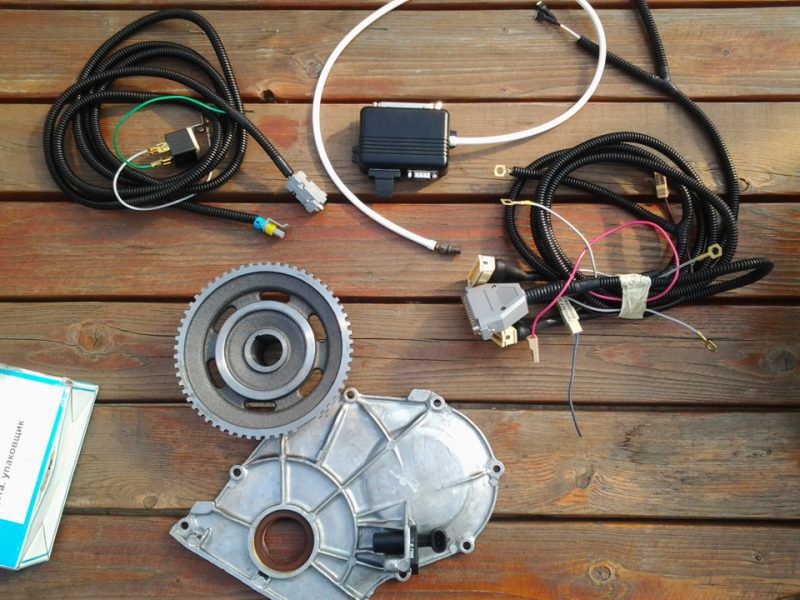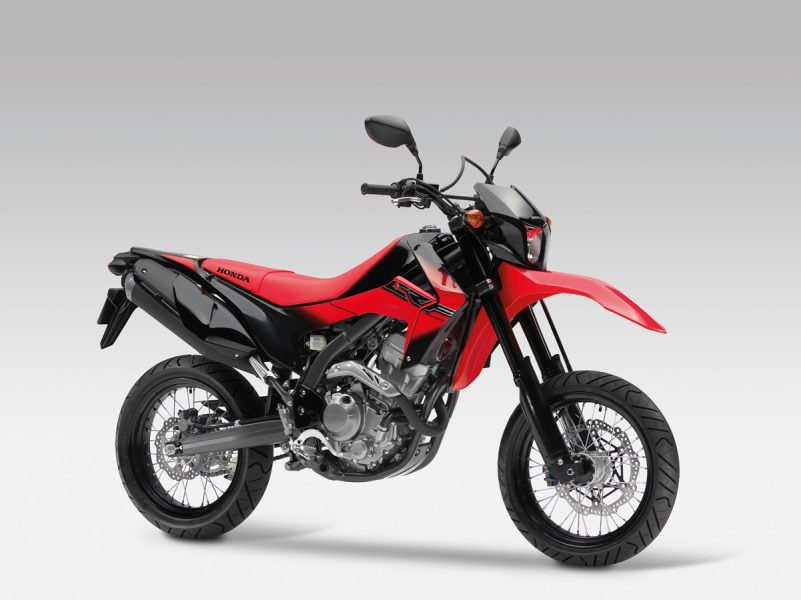
Hammer H3 2007 review
From the liberation of Kuwait to our city streets, the Hummer has been an amazing success in the automotive world.
Back in the 80s, Hummer was building Humvees for the US Army. They came into the spotlight during the first Gulf War and pretty soon celebrities like Arnold Schwarzenegger were buying them for the street.
Hummer responded with a decent H1 car and then a slightly downsized H2. They are built in left hand drive only and the only ones you can buy here have been converted to Gympie.
Soon, GM will import the right-hand drive cute "baby" of the muscular Hummer family, the H3.
We would have received it now, but due to minor ADR production issues at the RHD Hummer plant in South Africa, the country's launch was pushed back to early October.
I recently drove an H3 in California for 10 days. The smaller, military-style SUV still stands out from the crowd, even on the highways of southern California, where large SUVs predominate.
The bright orange color may have attracted attention, but everywhere it was favorably looked at. Except San Francisco. Here tree-hugging hippie liberals in their little hybrid cars gave him disdainful looks.
One unwashed homeless gentleman even mumbled something rude under his breath and spat in the general direction of H3 while I was feeding a hungry parking meter. At least he didn't bother to ask me for change.
Like its big brother, the H3 is a boxy car with a high floor and a low and wide interior.
It seems like a big car, but inside it is quite comfortable for four adults.
You could fit five, but the middle rear seat has a retractable drink container, making the seat stiff and uncomfortable for long trips.
This kind of hot rod slit also has its downsides for rear passengers, making them feel a bit claustrophobic.
The large sunroof at least quelled some of those feelings for my two teenage daughters and gave them a slight edge when sightseeing on the Golden Gate Bridge and among the giant sequoias in Yosemite National Park.
The slits on the windshield don't interfere with forward visibility, but rearward visibility is limited by a narrow window, and a door-mounted spare tire takes up even more space.
However, there are some advantages to cool and small windows.
For one thing, the sun doesn't get into the cabin, which means you don't ride with your knuckles and knees in the sun, and the cabin stays cooler longer when you're parked outside and locked up.
It's a big advantage in 40-degree heat when Dad sleeps in the parking lot of one of the many premium factory outlets that dot the California landscape while the rest of the family melts down a plastic credit card indoors.
The advantage is that short windows open and close quickly to pay fares. It was hot in California when I was there, so the less time the windows were open, the better.
While the air conditioner handled record temperatures well, there are no vents in the rear to circulate cool air.
Despite being a truck-like vehicle, the driving position, ride, and handling are very car-like.
The seats are soft but supportive and adjustable, which is good since the steering wheel adjusts for height but not for reach.
There are also no audio controls on the steering wheel, and there is only one control lever that handles the turn signals, headlights, cruise control, and windscreen wipers/washers.
Build quality is solid throughout; too firm, as the heavy tailgate is very hard to open and close, especially when parking on the steep slopes of a San Francisco street.
The model I drove had chrome bumpers, side steps, gas cap and roof racks. It is not yet known whether they will be standard or optional on Australian models.
Despite the military look, the interior is quite comfortable and refined and award-winning for its class.
On the road, there's surprisingly little wind or road noise, despite steep window slopes and massive off-road tires.
This SUV is actually built for the toughest off-road conditions with its front and rear escape hooks, electronic transfer case, high ground clearance, big wheels and sophisticated stability control system. It's really not designed for asphalt.
On Interstate concrete pavements and smooth streets, the Frisco H3 actually feels a little springy, and the leaf spring rear gets pretty springy on parking speed bumps. This is not typical of American cars, which usually have soft suspension.
We headed to Yosemite, hoping to test the off-road capability on paper. Unfortunately, all the roads in the national park are smoothly paved and the trails cannot be driven.
The off-road credentials show the intention to work in tough conditions, except for the lack of a hill-descent function.
However, it has handled Frisco's steep slopes quite well and the world's most winding and steep street, Lombard Street, which has a speed limit of 8 km/h.
Along Big Sur, the windy coastal road Victoria's breathtaking equivalent of the Great Ocean Road, the H3 felt a bit sloppy with plenty of pitch and roll.
It is not yet known if the suspension will be tuned to Australian conditions and driving tastes, but that is to be expected.
We packed four adults and a mountain of gear into the car with some cramming. The trunk is not as big as it seems because of the high floor.
With all that extra weight, the 3.7-liter engine struggled a bit.
It seemed like it took a lot of revs to start off and accelerate to overtake. But once in a corner, it rarely stumbled up the hills due to its grouchy dose of torque.
However, in record heat and on some of the longer, steeper slopes of the Sierra Nevada, engine temperatures became too high.
The four-speed automatic seems rudimentary, but handled well, without any hesitation, gear hunting, or bloat.
A five-speed manual transmission may also be available here.
The strong disc brakes performed well on the long and dangerous descents down the winding roads into Yosemite Valley without the slightest hint of fading.
The steering is typically American, with a vague center and plenty of backlash. It enters corners with some understeer.
If its off-road performance is as good as it sounds on paper, aside from the powertrain, it should sell well here as a solid alternative to refined SUVs.
One company that will be keeping an eye on sales is Toyota, whose FJ Cruiser lookalike has been successful in the US and could become popular here.
I parked them side by side in Yosemite and immediately drew a crowd of fans, even though it was only a couple of days after Al Gore's world-famous concert.
Of course, the first thing these fans wanted to know was fuel economy.
I've driven on highways, cities, steep canyons, and so on. It was not an economical ride, so the average consumption was about 15.2 liters per 100 km.
This may seem high, but given the conditions and the fact that "gasoline" costs only 80-85 liters, I did not complain.

